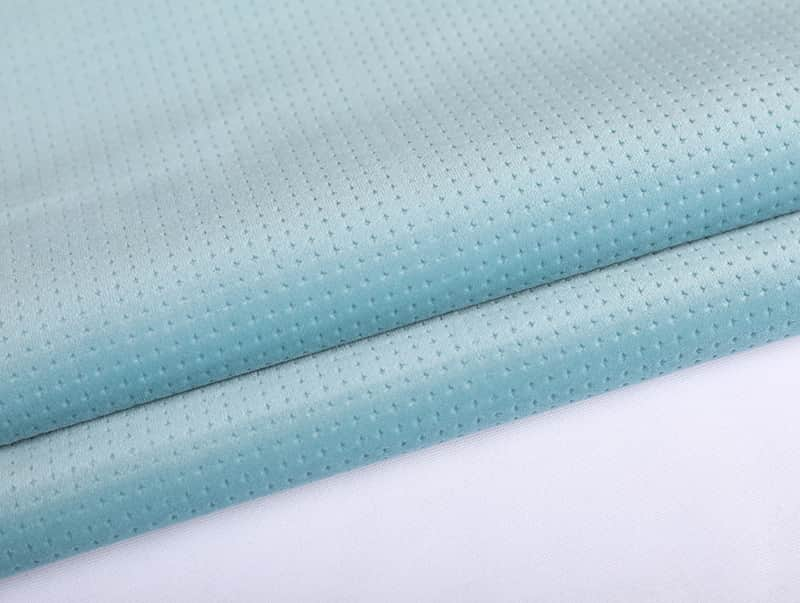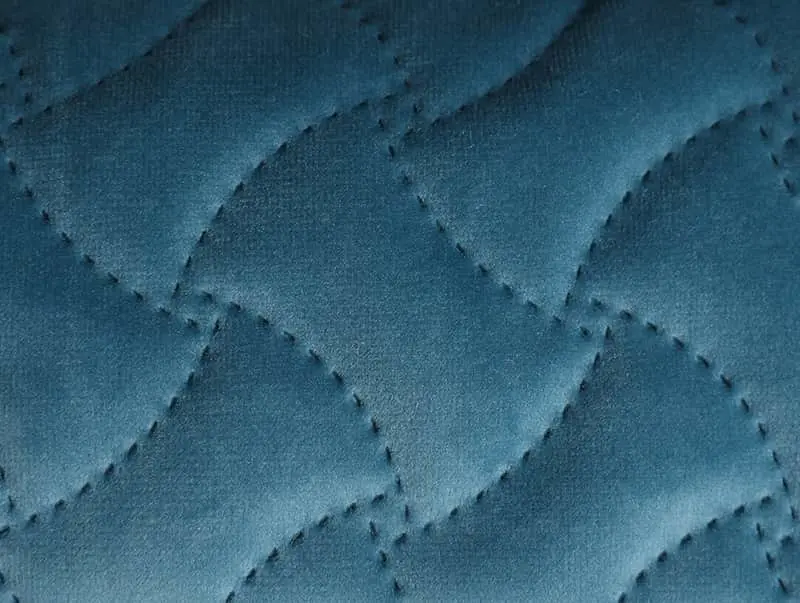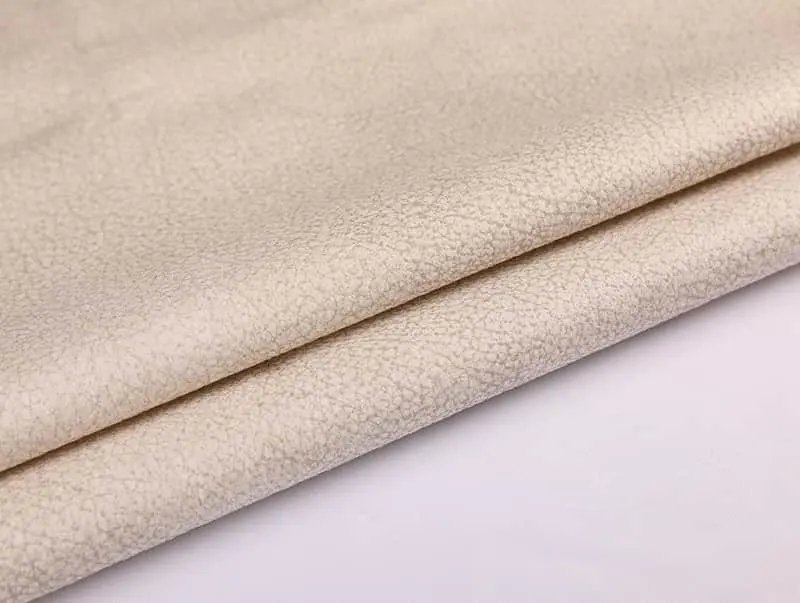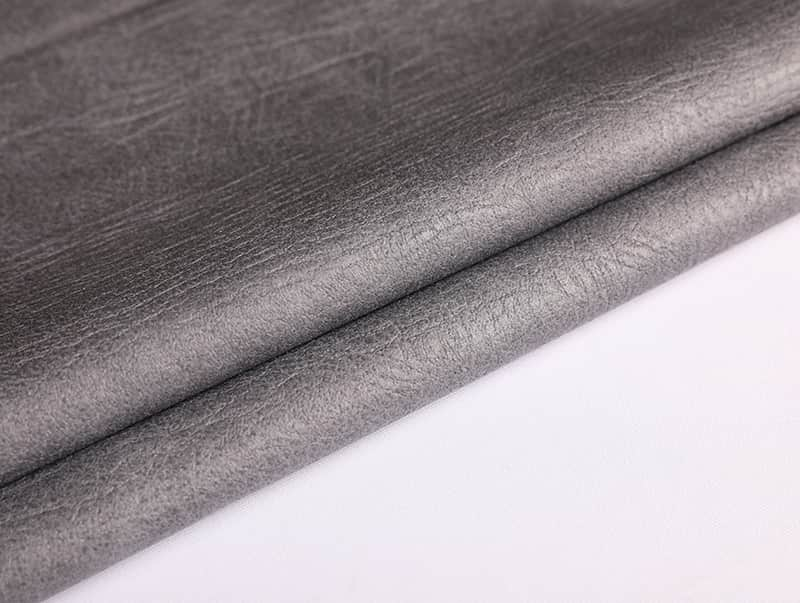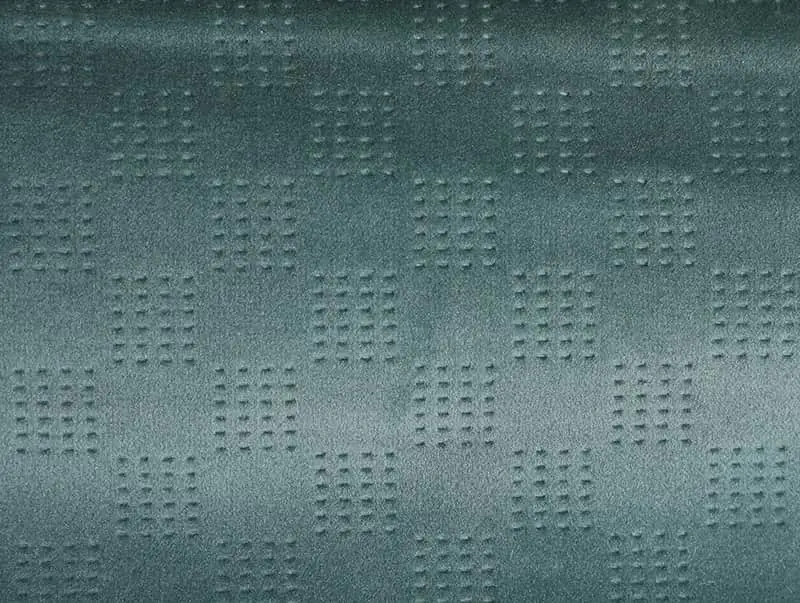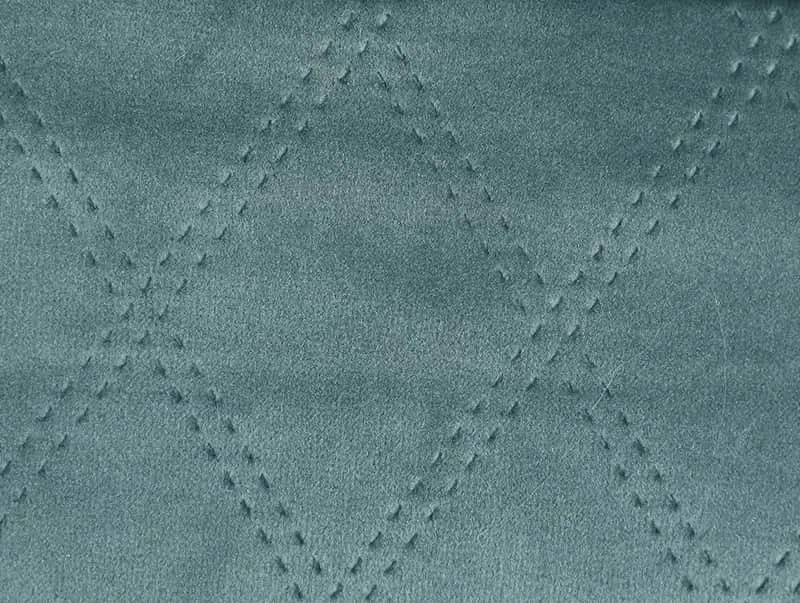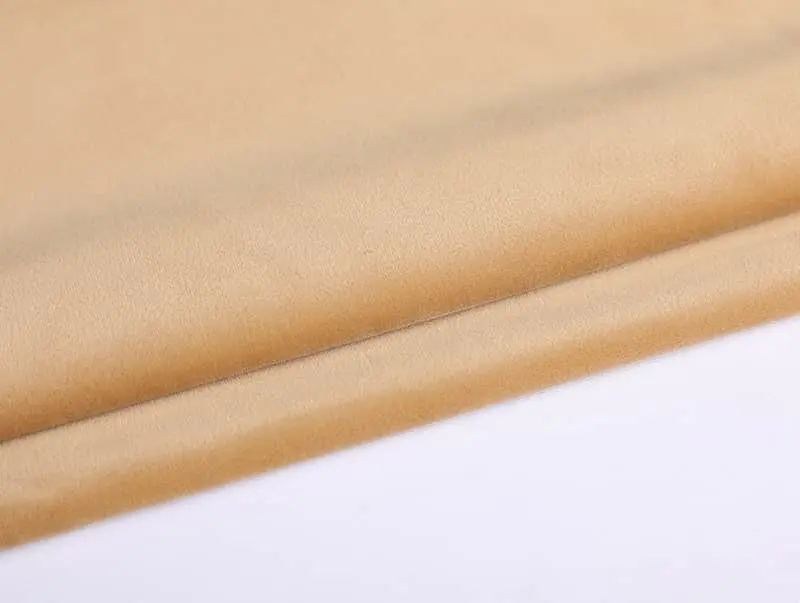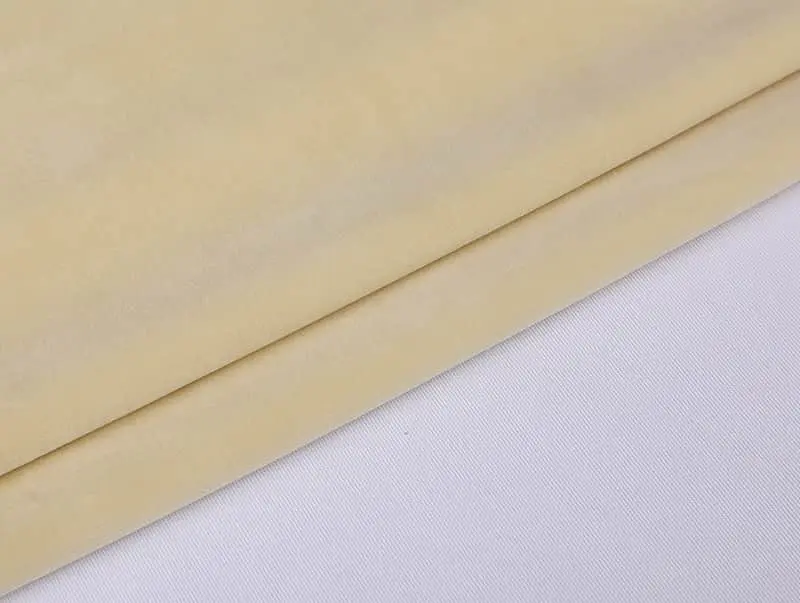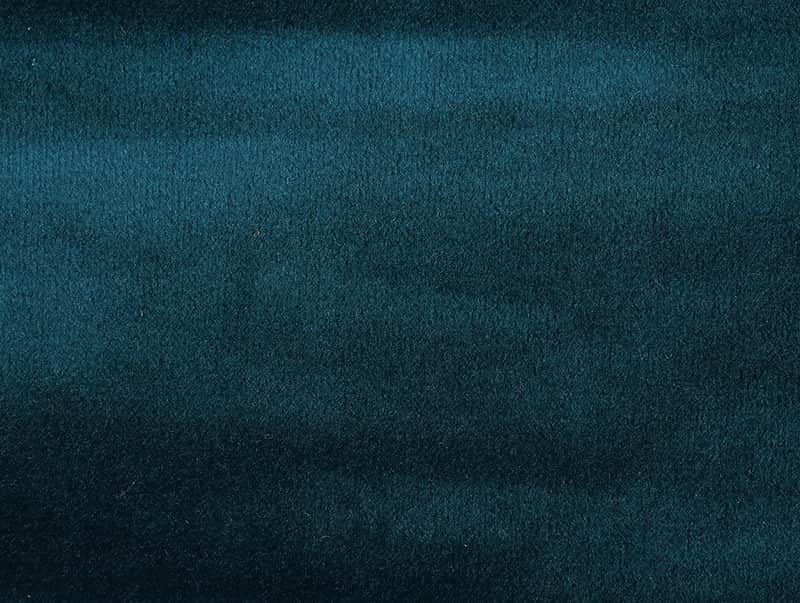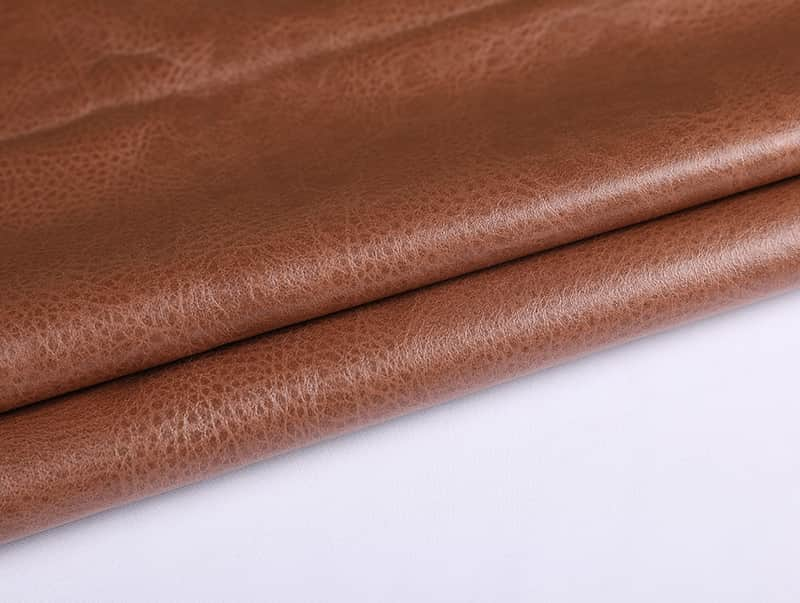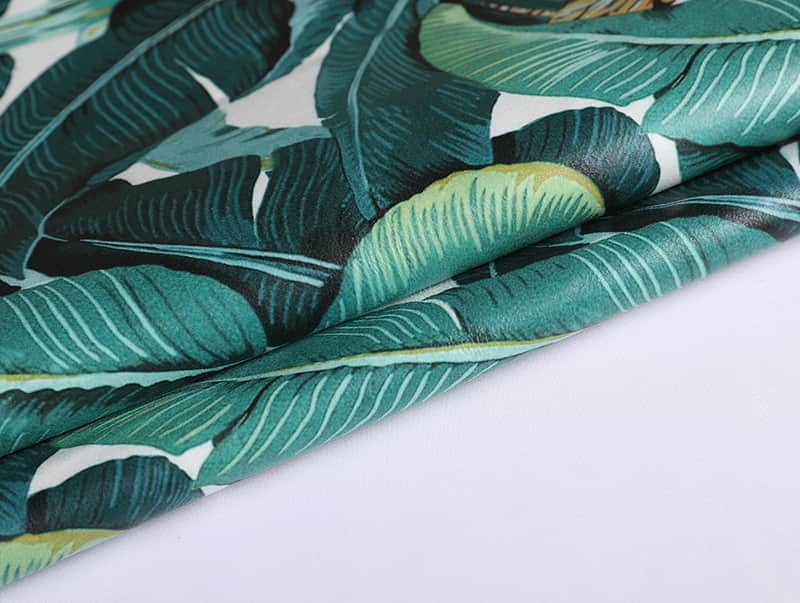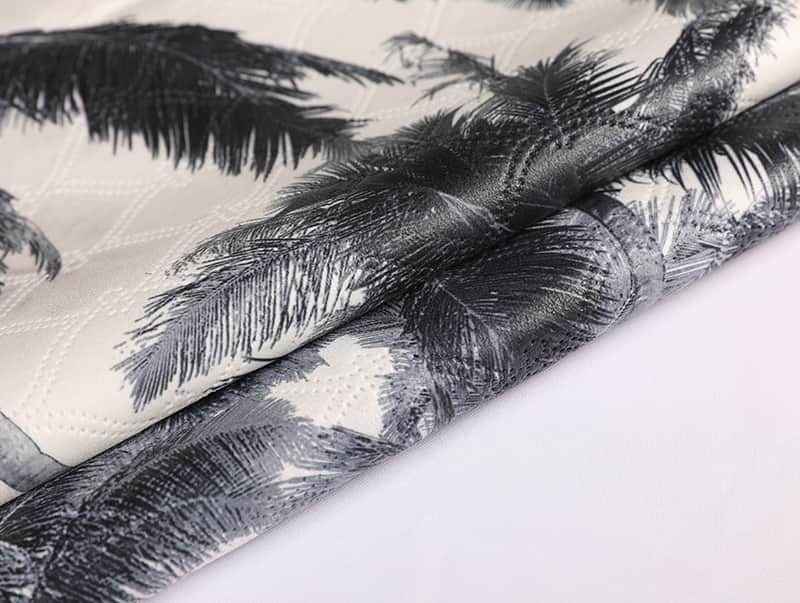The Application of Plush Toy Fabric:
Plush toy fabric is specifically designed for creating soft and cuddly stuffed toys, plush animals, and other plush products. It offers a range of benefits such as softness, durability, and ease of sewing, making it a popular choice for plush toy manufacturing. Some common applications of plush toy fabric include:
Stuffed Toys: Plush toy fabric is widely used in the production of stuffed animals, dolls, teddy bears, and other soft toys. Its soft and huggable texture enhances the appeal and comfort of the toys, making them popular among children and adults alike.
Decorative Pillows: Plush toy fabric is often used to create decorative pillows or cushions, adding a touch of coziness and comfort to living spaces, nurseries, or playrooms. The softness and texture of the fabric make it suitable for snuggling and relaxation.
Baby Products: Plush toy fabric is commonly used in baby products such as plush blankets, crib toys, and sensory toys. Its soft and gentle feel is comforting for infants, while the durability and washability of the fabric make it suitable for frequent use.
Pet Toys: Plush toy fabric is also employed in the manufacturing of pet toys, such as plush squeaky toys or interactive toys for dogs and cats. The fabric's softness and durability make it appealing to pets, providing them with a safe and enjoyable play experience.
Costumes and Props: Plush toy fabric can be utilized in the creation of costumes, mascots, and theatrical props. Its versatility allows for the development of character outfits and accessories that require a soft and furry appearance.
How to Choose Plush Toy Fabric:
Softness: Look for plush toy fabric that has a soft and velvety texture. The fabric should feel gentle to the touch, ensuring a comfortable and cuddly experience for the end user.
Durability: Consider the durability of the fabric, especially if the plush toy will be subjected to frequent play or handling. Choose a fabric that can withstand wear and tear, maintaining its integrity over time.
Safety: Ensure that the plush toy fabric meets safety standards and regulations, particularly if it will be used by infants or young children. Look for fabrics that are free from harmful substances and have undergone appropriate testing.
Ease of Sewing: If you plan to sew the plush toy yourself or work with a manufacturer, choose a fabric that is easy to sew and handle. Fabrics with a medium weight and a stable structure are typically more suitable for sewing plush toys.
Color and Pattern: Consider the desired color and pattern for the plush toy. Plush toy fabrics come in a variety of colors and designs, ranging from solid colors to printed patterns or textured finishes. Select a fabric that matches the intended aesthetic of the toy.
Washability: Determine whether the plush toy fabric is machine-washable or requires special care. Easy maintenance and the ability to clean the fabric without compromising its softness and appearance are important factors to consider, especially for toys that are likely to get dirty.
Supplier Reputation: Choose plush toy fabric from reputable suppliers or manufacturers known for producing high-quality materials. Research customer reviews and consider recommendations from other plush toy makers or industry professionals.


